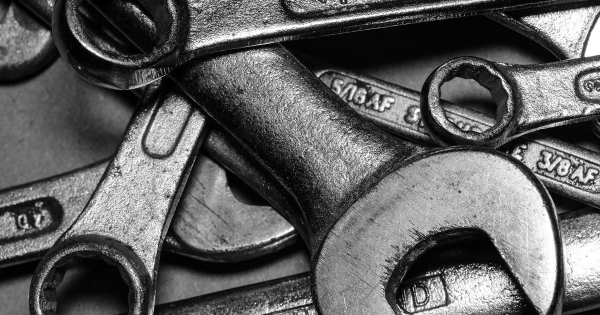
When dealing with hydraulic equipment, it’s important that hydraulic repairs and hydraulic maintenance be performed to keep the equipment functioning at optimal levels. This is especially true if you operate a fleet of trucks that make regular use of hydraulics.
Even if routine hydraulic repairs and maintenance are scheduled on a regular basis, taking proper care of equipment also requires some initiative. So what do you need to do to maintain your hydraulic equipment?
Testing Pressure Points
This requires fitting test pressure points into a system where pressure readings are needed. Any gauges that are connected to your hydraulic system constantly can be subject to peaks and ripples, which can significantly shorten their life. These pressure points can be protected by special valves.
Checking Flow Meters
When dealing with hydraulic repair and hydraulic maintenance, it’s also essential to check flow meters. Any flow meters that are connected to a hydraulic system usually need to be connected just temporarily when testing takes place. By including quick-release couplings to meters, the flow of hydraulic fluid can be diverted. You just need to make sure that during testing that fluid isn’t diverted anywhere it’s not supposed to go.
Label Different Reservoirs
An easy maintenance step for a hydraulic system is to clearly label each system reservoir. This helps you know which reservoirs store which fluids and makes it easier to know when liquids need to be topped off or filled up.
Adding Hydraulic Fluid
Before hydraulic fluid is added to a reservoir, you’ll have to do some cleaning. To make it easier to add fluid, you should take care to add a filling point. This will significantly reduce your risk of spills or leaks. For synthetic oils often used in truck fleet services, it’s recommended that they be changed between 7,500 and 15,000 miles.
Don’t Be Afraid Of Troubleshooting
No matter what kind of hydraulic repair you’re doing or what maintenance you’re undertaking, you need to be prepared for the unexpected. You never know when there’s going to be an unexpected malfunction, even if you keep to the most rigorous maintenance schedule. This is why you need to learn to troubleshoot.
What does that look like? For hydraulic systems, it usually means running your system in a way that’s different from its normal operation. This may include operating a machine manually rather than automatically. It might also mean removing guards or interlocks temporarily. No matter what kind of troubleshooting you do, you need to make sure to be careful.
If you’re in need of hydraulic repair or hydraulic service, then look to the professionals at Utility Equipment Service, Inc. Their experienced team can lend a professional hand with repairs, transfers, inspections, and rebuilds, which will get your hydraulic equipment functioning at peak levels.




